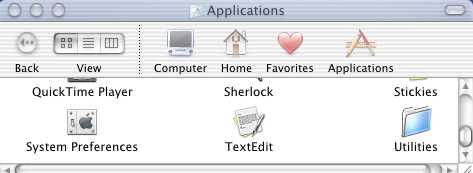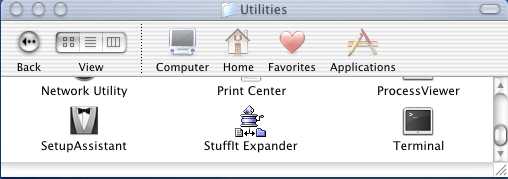


We will use the term “Telnet” mostly in the context of the telnet client software. The word “Telnet” also refers to the command-line utility “telnet”, available under Windows OS and Unix-like systems, including Mac, Linux, and others. In a nutshell, Telnet is a computer protocol that was built for interacting with remote computers. In this article we’ll break down how Telnet can be used to check ports on Windows 10, Windows Server 2016, 20. Telnet allows the user to test individual ports and see whether they are open or not. However, one of the most efficient ways is to use the network protocol Telnet. snmpCommunityString=&timeout= Request Parameters:Many people find the challenge of checking if a port is opened to be too complex. &host=app-centos32-1&snmptelnetport=161&os=Linux&mode=SNMP&timeout=10&snmpCommunityString=Public Sample Response: &host=app-centos32-1&snmptelnetport=22&os=Linux&mode=SSH&timeout=10&username=test&password=Zoho123 The password to use the Telnet/ssh mode of monitoring. The username to use the Telnet/ssh mode of monitoring. (For SNMP mode, the community string has to be added in the API request parameter.) Default values are 23 (for Telnet), 22 (for SSH) and 161 (for SNMP). The port where SSH/Telnet/SNMP is running. The name of the host where the Linux server is running. &snmpCommunityString= Request Parameters: The name of the host where the HP-UX server is running. Default values are 23 (for Telnet) and 22 (for SSH). The port where SSH/Telnet service is running. The port where Telnet service is running. The SNMP community string required for read-only access of SNMP data on the Server. Value should be either SNMP, TELNET or SSH. The name of the host where the FreeBSD server is running. The name of the host where the IBM i server is running. The category type of the monitor you want to add. Specify a Passphrase if the private key is protected with one for SSH Authentication. Specifies if you want to set the host name of the monitor as the Host Name / IP Address that you have configured in the API. False - Does not force-add the monitor.This parameter is used to force Applications Manager to bypass availability and other authentication-related checks and add the monitor.

The port number where Telnet service is running. The name of the host where the AIX server is running. The category type of monitor you want to add.

Also, refer to the list of common Request Parameters Field The parameters involved in the API request are described below. This section explains how to use the AddMonitor API to add monitors of the category type Servers.


 0 kommentar(er)
0 kommentar(er)
